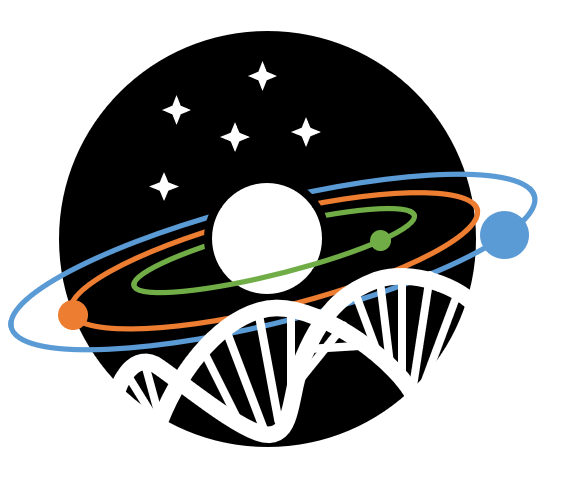
Join Us
Validating a climate-photochemical model with observations from a planetary simulation atmospheric chamber for modern Earth and Mars [DLR-EPA Berlin]
Contact: heike.rauer@dlr.de , lee.grenfell@dlr.de
Available: immediately. Financial support is not envisaged
Background:
The Department of Extrasolar Planets and Atmospheres (DLR-EPA) develops modeling tools to investigate exoplanetary habitability, atmospheric biosignatures and their detectability. The atmospheric column model, 1D-TERRA is unique in the literature in terms of its comprehensive and flexible coupled climate (Scheucher et al., 2020, ApJ, 898) and photochemical (Wunderlich et al., 2020, ApJ, 901) modules. The proposed modeling project will collaborate closely with a second Master’s project running approximately in parallel at the ElsaesserLab, Freie Universität Berlin. The second project investigates gas species for the same scenarios using a planetary simulation chamber.
Objectives:
Develop a box model version from our current climate-photochemistry column model 1D-TERRA for comparison with the chamber observations. Perform scenarios for modern Earth and modern Mars conditions. Compare model and chamber output for key atmospheric species. Analyze results in order to further our knowledge of atmospheric composition on Earth and Mars.
Model Description:
1D-TERRA is a global, stationary, cloud-free, coupled climate-photochemical column model,
extending from the near surface up to 0.01 Pa. The flexible climate module (Scheucher et al., 2020) is based on the correlated-k method with input data from HITRAN (2016) [Gordon et al., 2017, JQSRT, 203]. The current pressure-temperature (p,T) grid covers 0.01 Pa < p < 1000 bar and 100 K < T < 1000 K. The photochemical module includes 1273 gas-phase chemical reactions for 128 species with mixing between model layers parameterized via eddy diffusion (Wunderlich et al., 2020).
Workplan:
Adapt 1D-TERRA by (a) preparing a box model version, (b) preparing suitable input spectra, (c) discussing boundary conditions (e.g. define p-T, investigate wall reactions etc.) and (d) defining output species to be investigated (5 months)
Perform modern Earth and Mars scenarios (1 month)
Analyze results (3 months)
Write up results in thesis format (3 months)
